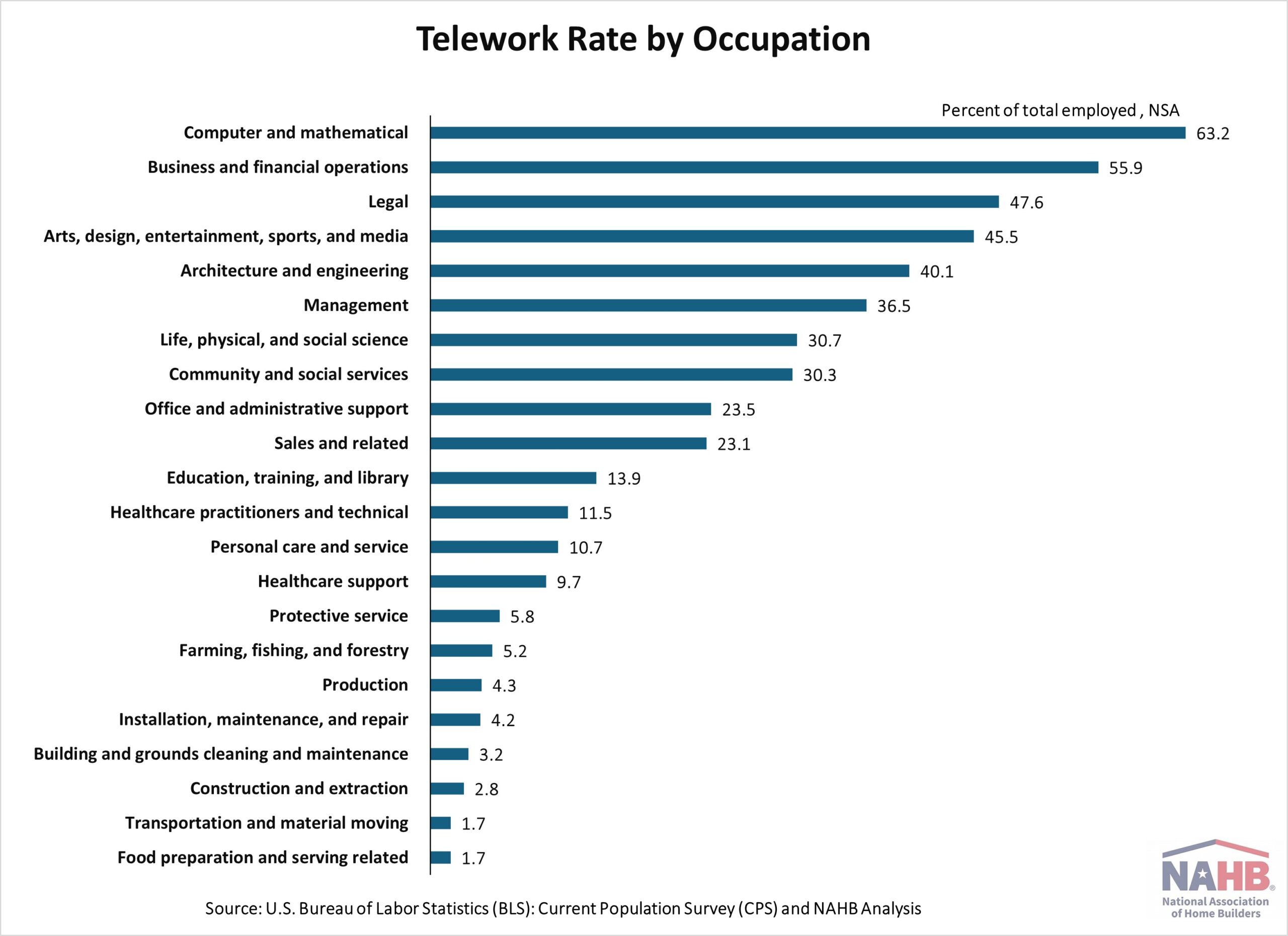Remote Work Trends in 2025: A Deep Dive
Remote work may no longer dominate the U.S. labor force as it did during the pandemic, but it remains a significant part of employment. According to the Current Population Survey (CPS), approximately 34.3 million employed people teleworked or worked at home for pay in April 2025. The telework rate was 21.6%, consistently ranging between 17.9% and 23.8% from October 2022 to April 2025.
Gender: Women Lead in Telework
- 25% of employed women worked from home in April 2025.
- Only 19% of employed men teleworked.
This gap reflects employment trends, with women often in roles that transitioned smoothly to remote work. Flexibility is a priority, especially for those balancing work and caregiving.
Age: Older Workers Are More Likely to Telework
- Ages 16–24: Only 6.2% worked from home.
- Ages 25–54: About 24% teleworked.
- Ages 55+: Around 23% worked remotely.
Younger workers often fill in-person roles, while older workers are in positions where remote work is feasible.
Education: Higher Degrees, Higher Telework Rates
- No high school diploma: Just 3.1% worked remotely.
- Bachelor’s degree or higher: 38.3% worked remotely.
Higher education leads to roles in sectors like finance and IT, which are well-suited for remote work.
Occupation and Industry Trends
Jobs requiring physical presence, like food service or construction, offer limited remote opportunities. In contrast, professional and technical fields, especially computer and mathematical roles, dominate remote work.

Industries like finance and IT have embraced telework, while construction and hospitality remain in-person.

Looking Ahead
Remote work is evolving, increasingly concentrated among those with higher education and white-collar jobs. Meanwhile, younger workers and those in manual or service roles remain tied to in-person work.





Comments
Join Our Community
Sign up to share your thoughts, engage with others, and become part of our growing community.
No comments yet
Be the first to share your thoughts and start the conversation!